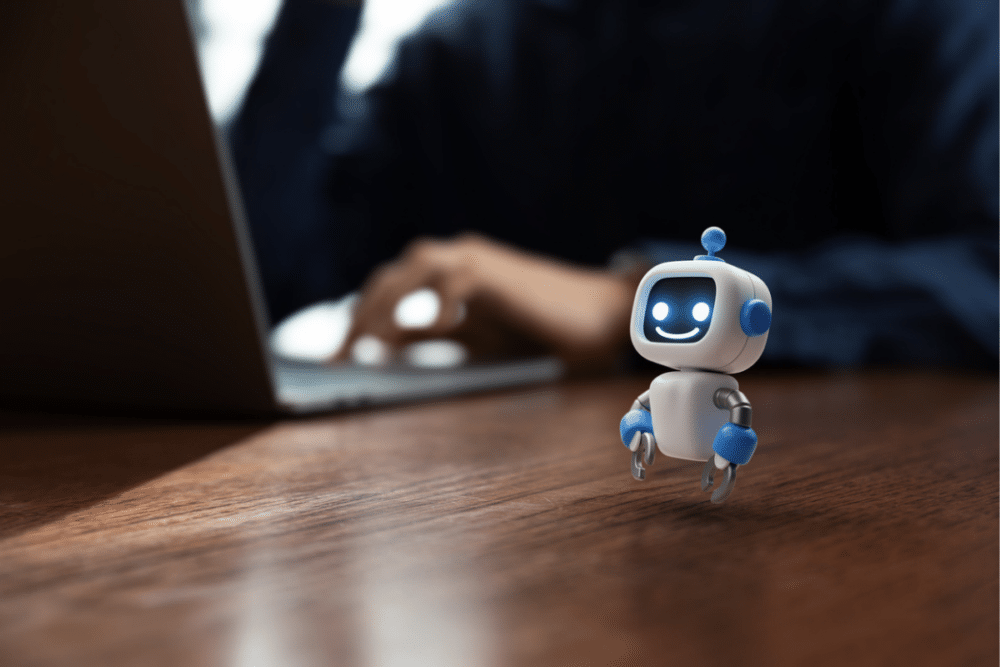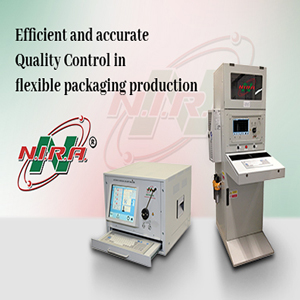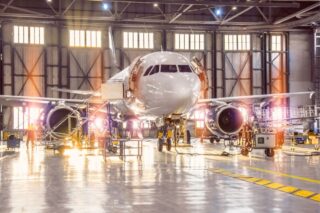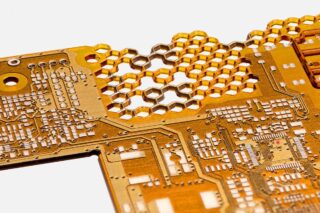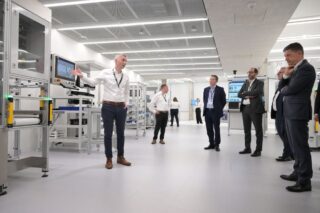It seems like only yesterday that Industry 5.0 entered the manufacturing realm. Already, some tech experts are looking towards Industry 6.0. With the advent of generative AI (GenAI), this sixth phase is ever closer on the horizon.
By Shinichiro (SHIN) Nakamura, President of one to ONE Holdings
Industry 5.0 goes beyond simply automating processes to establishing human-machine synergy that creates more sustainable and responsible factories. Essentially, it prioritizes people and the planet over focusing on productivity, leveraging customized technology in the form of AI, the Internet of Things (IoT), robotics, and big data analytics, to name a few.
What Is Industry 6.0?
So, what is Industry 6.0? While we’re still in the very early stages of defining its exact parameters, one thing is definite about this next phase of innovation: it’s driven by intelligence.
Specifically, Industry 6.0 heralds a world where machine capabilities rival those of humans, requiring minimal human intervention so they’re entirely self-sufficient and autonomous. Solutions like quantum computing, brain-computer interfaces (BCIs), and hyper-personalization via advanced AI and biotechnology will be staples to this new wave.
Yet before the manufacturing industry runs ahead of itself, it’s important to understand key steps and considerations that will empower manufacturers as we prepare for the arrival of Industry 6.0.
Smart Factories Won’t Necessarily Outsmart Us
The human presence will remain in the picture: no matter how advanced technology becomes, people will still have a significant role to play in propelling manufacturing innovation. After all, even Tesla’s self-driving cars require human hands on the wheel. In striking a balance between man, machine, and money, man should always come first.
It’s inevitable that solutions like autonomous robots, IoT, and AI will become more self-sufficient in assembly tasks, smart sensors for equipment monitoring, and predictive analytics, respectively. However, manufacturers cannot neglect the training and development of their workforce.
As technology and AI evolve, it’s imperative that our own skills and understanding mature with them. Undoubtedly, machines will have a growing presence in repetitive tasks like data entry and processing, loading materials, and visually inspecting products. Even so, critical thinking, emotional intelligence, and creativity will remain firmly human.
READ ALSO
Moreover, on the factory floor, there are only two physical assets besides the product: machines and people. For manufacturing leaders, damage to equipment or products is only a marginal concern that pales in comparison to the worst-case scenario of human injury. People’s roles in addressing physical risk are vital, especially in instances of system failures where technology solutions may be compromised.
Putting your eggs in one basket in regards to managing safety is not advisable. When it comes to automated technology, including AI, caution can never be thrown to the wind, and human presence will always be crucial to mitigating associated risks.
For greater agility, manufacturing leaders must look ahead to upskill their teams in certain areas to really capitalize on the benefits of both Industries 5.0 and 6.0 while avoiding their potential pitfalls. That means increasing practical (not just theoretical) training opportunities for employees to hone skills like system thinking, adaptability, and creative problem-solving. In fact, upskilling is specified as a key strategy for overcoming the manufacturing industry’s ongoing problems around talent retention.
For SMEs who have more limited resources, focusing on fine-tuning existing deliverables in the wake of self-sufficient automation and upskilling teams accordingly is the way to go. Alternatively, for those with goals to expand their operations output, collaboration with larger established manufacturers for training and technological development can help them evolve.
READ ALSO
Acknowledging Environmental Wins and Woes
Sustainability will continue to be a key pillar with the advent of Industry 6.0, but manufacturers must keep in mind that technology and automation does not always mean more sustainability to the industry.
AI tools can certainly empower teams to allocate resources better to maximize energy efficiency, but manufacturers must not forget that these very technologies can be carbon-intensive. Unfortunately, AI notoriously emits high amounts of carbon: around 600,000 pounds of CO2 is produced when training a single large language model.
Additionally, there is the question of sourcing the materials needed to produce the hardware found in AI chips. Extracting the components needed for semiconductors, for instance, can be carbon-intensive.
The continued mass adoption of AI tools means that these sustainability challenges can easily compound, even if those same tools are being used to inform manufacturers about where they can reduce carbon emissions in their supply chains.
An industry-wide collaborative effort is necessary to address these emerging sustainability challenges and ensure Industry 6.0 stays true to one of its core pillars that prioritizes the wellbeing of both people and planet. Additionally, it’s not feasible to rely exclusively on technology for ESG reporting and benchmarking needs. Empowering staff with the relevant skills, like evaluative data management and strategic decision-making, to critically assess and synthesize shared insights to inform strategic sustainability decisions is the way to go.
READ ALSO
Ensuring Accountability in AI Use
Self-sufficient technology is one of the greatest appeals of Industry 6.0, where fully autonomous systems are theoretically able to self-organize, self-optimize, and self-repair without human input.
In an ideal world, things don’t go wrong. Unfortunately, that is not the case and most likely won’t be even with self-sufficient AI tools that are designed to replicate the human brain yet lack its intrinsic ability to think creatively and critically assess. The golden rule of AI is that it is only as good as the data it’s fed.
To lower the risk of errors as much as possible, manufacturers and technological developers need to continue training and preparing AI models as much as possible. Testing their capabilities via simulations can help inform manufacturers about the model’s maturity and implement appropriate checks and balances in case of system failure accordingly.
Fortunately, manufacturing is among the top industries producing the most data, so there is ample opportunity to continue training and refining AI algorithms for future use. However, as Industry 6.0 becomes a closer reality, manufacturers must improve auditing processes for comprehensive continuous monitoring of AI and machinery outputs and performance.
They can do this by beginning to integrate solutions that come with embedded audit trails and fault tolerance features and use insights from these to train and inform teams to be more proactive than reactive when it comes to data management and analysis.
It’s a matter of when, not if, Industry 6.0 becomes a reality, and manufacturers need to prepare accordingly. Planning strategic blueprints according to the insights we have and what we anticipate the human-machine synergy to evolve into is key to propelling technological success for safe and sustainable manufacturing.
